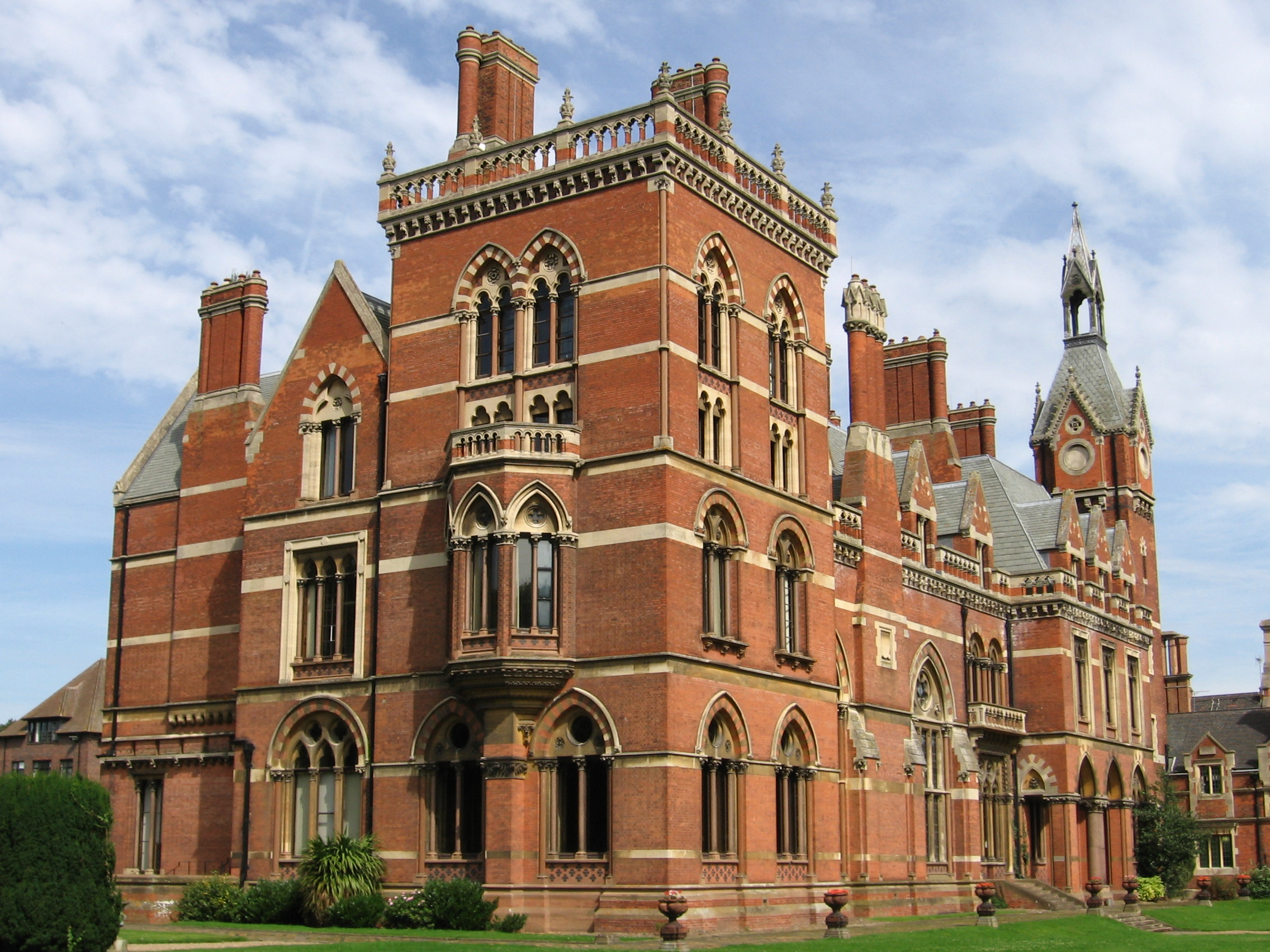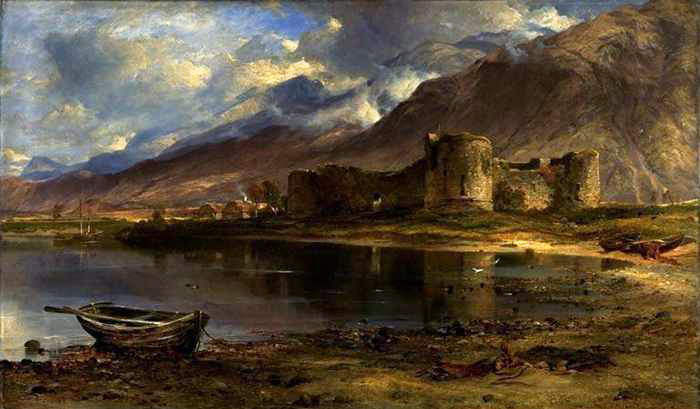|
Baron Lexinton
Baron Lexinton (sometimes referred to as Baron Lexington), Aram (Averham) in the County of Nottingham, was a title in the Peerage of England. It was created on 21 November 1645 for Robert Sutton. The barony became extinct upon the death of his son Robert, the second Baron, in 1723. The family estates passed to Lord Robert Manners-Sutton and subsequently to his brother Lord George Manners-Sutton (see Baron Manners and Viscount Canterbury). Barons Lexinton (1645) *Robert Sutton, 1st Baron Lexinton Robert Sutton, 1st Baron Lexinton (21 December 159413 October 1668) was a Royalist MP in 1625 and 1640. Biography In 1624 he was elected Knight of the Shire (MP) for Nottinghamshire (UK Parliament constituency), Nottinghamshire and re-elected in ... (1594–1668) * Robert Sutton, 2nd Baron Lexinton (1662–1723) See also * Baron Manners * Viscount Canterbury References * * {{DEFAULTSORT:Lexinton 1645 establishments in England Extinct baronies in the Peerage of England Noble ... [...More Info...] [...Related Items...] OR: [Wikipedia] [Google] [Baidu] |
Averham
Averham is a village and civil parish in the Newark and Sherwood district of Nottinghamshire, England. According to the 2001 census it had a population of 187, increasing to 294 at the 2011 census (which included Staythorpe), however Averham alone reported 215 residents at the 2021 census. The village is just west of Newark-on-Trent. Staythorpe Power Station is south-west of the village. Church Averham is the location of Church of St. Michael and All Angels, Averham, which is a Grade I listed building. Theatrical tradition For many decades, the village has been famous locally for the Robin Hood Theatre. The 150-seat theatre was designed by built Reverend Joseph Cyril Walker and built on the grounds of Averham Rectory, in 1913, by the village carpenter, Robert Lee. Its original name was Robin Hood Opera House. The Youth section of the Robin Hood Theatre has become an important part of its function, and performs regularly in the Nottingham And Nottinghamshire Drama Associa ... [...More Info...] [...Related Items...] OR: [Wikipedia] [Google] [Baidu] |
Peerage Of England
The Peerage of England comprises all peerages created in the Kingdom of England before the Act of Union in 1707. From that year, the Peerages of England and Scotland were closed to new creations, and new peers were created in a single Peerage of Great Britain. There are five peerages in the United Kingdom in total. English Peeresses obtained their first seats in the House of Lords under the Peerage Act 1963 from which date until the passage of the House of Lords Act 1999 all Peers of England could sit in the House of Lords. The ranks of the English peerage are, in descending order, duke, marquess, earl, viscount, and baron. While most newer English peerages descend only in the male line, many of the older ones (particularly older baronies) can descend through females. Such peerages follow the old English inheritance law of moieties so all daughters (or granddaughters through the same root) stand as co-heirs, so some such titles are in such a state of abeyance between the ... [...More Info...] [...Related Items...] OR: [Wikipedia] [Google] [Baidu] |
Robert Sutton, 1st Baron Lexinton
Robert Sutton, 1st Baron Lexinton (21 December 159413 October 1668) was a Royalist MP in 1625 and 1640. Biography In 1624 he was elected Knight of the Shire (MP) for Nottinghamshire (UK Parliament constituency), Nottinghamshire and re-elected in April and November 1640. He was disabled as a Royalist from sitting in 1643. He served Charles I of England during the English Civil War, making great monetary sacrifices for the royal cause. He was commissioned as Colonel (United Kingdom), Colonel of a regiment of Nottinghamshire Trained Bands defending Newark-on-Trent. In 1645 the king created him Baron Lexinton, this being a variant of the name of the Nottinghamshire village of Laxton, Nottinghamshire, Laxton. His estate suffered during the time of the Commonwealth of England, Commonwealth, but some money was returned to him by Charles II of England. He commissioned the building of the first Kelham Hall. He died on 13 October 1668 at the age of 74. There is a wall monument to him in C ... [...More Info...] [...Related Items...] OR: [Wikipedia] [Google] [Baidu] |
Robert Sutton, 2nd Baron Lexinton
Robert Sutton, 2nd Baron Lexington PC (6 January 166219 September 1723) was an English diplomat. Family He was the son of Robert Sutton, 1st Baron Lexington and his third wife Mary St. Leger. On 14 September 1691, he married Margaret, (d. April 1703), the daughter of Sir Giles Hungerford of Coulston, Wiltshire, by whom he had three children: *William George Sutton (1697October 1713), died in Madrid while his father was ambassador there *Bridget Sutton (30 Nov 16991734), married John Manners, 3rd Duke of Rutland *Leonora Cordelia Margueretta (October 1715) Career He served as a captain of a troop of horse, resigning his commission in 1686. He was appointed a gentleman of horse to the Prince and Princess of Denmark ( Princess Anne, later Queen Anne), in 1690; a position he resigned in February 1692/3. Lord Lexington supported in the House of Lords the elevation of William of Orange to the throne, and was employed by that king at court and on diplomatic business, being se ... [...More Info...] [...Related Items...] OR: [Wikipedia] [Google] [Baidu] |
Lord Robert Manners-Sutton
Lord Robert Manners-Sutton (born Robert Manners; 21 February 1722 – 19 November 1762) was a British Army officer, courtier and politician. He was the second son of John Manners, 3rd Duke of Rutland by his wife the Hon. Bridget Sutton, and younger brother of the famous soldier John Manners, Marquess of Granby, under whom he served as a lieutenant colonel in the 21st Light Dragoons. He was a captain in the Duke of Kingston's Regiment of Light Horse in 1745 and a lieutenant-colonel in the Duke of Cumberland's Regiment of Light Dragoons from 1746 to 1748, with whom he served in Flanders during the War of the Austrian Succession. He was then appointed colonel commandant of the 21st Light Dragoons from 1760 to his death. He also served as a Gentleman of the Bedchamber to Frederick, Prince of Wales from 1749 to 1751. He was appointed Master of the Staghounds on 26 April 1744 and Master of the Harriers from 11 April 1754 until 13 January 1756. From 6 July 1747 until his death ... [...More Info...] [...Related Items...] OR: [Wikipedia] [Google] [Baidu] |
Lord George Manners-Sutton
Lord George Manners-Sutton (né Manners; 8 March 1723 – 7 January 1783) was a British nobleman and politician who was a Member of Parliament. Biography Manners-Sutton was the third son of John Manners, 3rd Duke of Rutland. On 5 December 1749, he married Diana Chaplin (d. 1767), only daughter of Thomas Chaplin of Blankney, Lincolnshire, by whom he had nine children: * George Manners-Sutton (1751–1804) *Captain John Manners-Sutton (1752–1826), married Anne Manners, natural daughter of John Manners, Marquess of Granby, his first cousin *Captain Robert Manners-Sutton, RN (1754–1794), killed in the explosion of HMS ''Ardent'' * Charles Manners-Sutton (1755–1828), Archbishop of Canterbury *Thomas Manners-Sutton, 1st Baron Manners (1756–1842) *Captain Francis Manners-Sutton(d. 1781) *Diana Manners-Sutton, married on 21 April 1778 Francis Dickins *Louisa Bridget Manners-Sutton (d. 5 February 1800), married on 15 June 1790 Edward Lockwood-Perceval *Charlotte Manners-Sutt ... [...More Info...] [...Related Items...] OR: [Wikipedia] [Google] [Baidu] |
Baron Manners
Baron Manners, of Foston in the County of Lincoln, is a title in the Peerage of the United Kingdom. It was created in 1807 for the lawyer and politician Sir Thomas Manners-Sutton. He served as Solicitor-General from 1802 to 1805 and as Lord Chancellor of Ireland from 1807 to 1827. Manners-Sutton was the fifth son of Lord George Manners-Sutton, third son of John Manners, 3rd Duke of Rutland. His elder brother Charles Manners-Sutton was Archbishop of Canterbury from 1805 to 1828 and the father of Charles Manners-Sutton, 1st Viscount Canterbury, Speaker of the House of Commons from 1817 to 1834. The first Baron's great-grandson, the fourth Baron, assumed the surname of Manners only. the title is held by the latter's grandson, the sixth Baron, who succeeded his father in 2008. Barons Manners (1807–present) * ''Thomas Manners-Sutton, 1st Baron Manners'' (1756–1842) ** ''John Manners-Sutton, 2nd Baron Manners'' (1818–1864) *** '' John Manners-Sutton, 3rd Baron Manners'' ... [...More Info...] [...Related Items...] OR: [Wikipedia] [Google] [Baidu] |
Viscount Canterbury
Viscount Canterbury, of the City of Canterbury, was a title in the Peerage of the United Kingdom. It was created in 1835 for the Tory politician Sir Charles Manners-Sutton, who had previously served as Speaker of the House of Commons. He was created Baron Bottesford, of Bottesford in the County of Leicester, at the same time, also in the Peerage of the United Kingdom. Manners-Sutton was the son of the Most Reverend Charles Manners-Sutton, Archbishop of Canterbury, fourth son of Lord George Manners-Sutton, third son of John Manners, 3rd Duke of Rutland. His uncle was Thomas Manners-Sutton, 1st Baron Manners, Lord Chancellor of Ireland. Lord Canterbury was succeeded by his eldest son, the second Viscount. He died unmarried and was succeeded by his younger brother. He was a politician and colonial administrator. The titles descended from father to son until the death of his grandson, the fifth Viscount, in 1918. The late Viscount was succeeded by his first cousin, the sixth Visc ... [...More Info...] [...Related Items...] OR: [Wikipedia] [Google] [Baidu] |
1645 Establishments In England
Events January–March * January 3 – The Long Parliament adopts the ''Directory for Public Worship'' in England, Wales, Ireland and Scotland, replacing the Book of Common Prayer (1559). Holy Days (other than Sundays) are not to be observed. * January 10 – Archbishop of Canterbury William Laud is executed for treason on Tower Hill, London. * January 14 – English Civil War: Thomas Fairfax is appointed Commander-in-Chief of the Parliamentarians. * January 29 – English Civil War: Treaty of Uxbridge, Armistice talks open at Uxbridge. * February 2 – Battle of Inverlochy (1645), Battle of Inverlochy: The Scottish Covenanters are defeated by James Graham, 1st Marquess of Montrose, Montrose. * February 15 – English Civil War: The New Model Army is officially founded. * February 28 – English Civil War: The Uxbridge armistice talks fail. * March 4 – English Civil War: Prince Rupert of the Rhine, Prince Rupert leaves Oxford for Br ... [...More Info...] [...Related Items...] OR: [Wikipedia] [Google] [Baidu] |
Extinct Baronies In The Peerage Of England
Extinction is the termination of an organism by the death of its last member. A taxon may become functionally extinct before the death of its last member if it loses the capacity to reproduce and recover. As a species' potential range may be very large, determining this moment is difficult, and is usually done retrospectively. This difficulty leads to phenomena such as Lazarus taxa, where a species presumed extinct abruptly "reappears" (typically in the fossil record) after a period of apparent absence. Over five billion species are estimated to have died out. It is estimated that there are currently around 8.7 million species of eukaryotes globally, possibly many times more if microorganisms are included. Notable extinct animal species include non-avian dinosaurs, saber-toothed cats, and mammoths. Through evolution, species arise through the process of speciation. Species become extinct when they are no longer able to survive in changing conditions or against supe ... [...More Info...] [...Related Items...] OR: [Wikipedia] [Google] [Baidu] |




